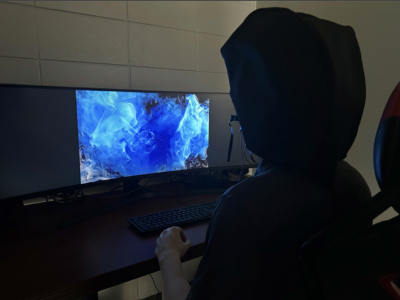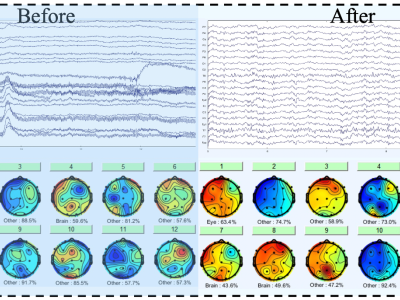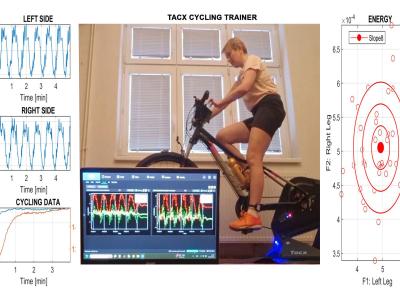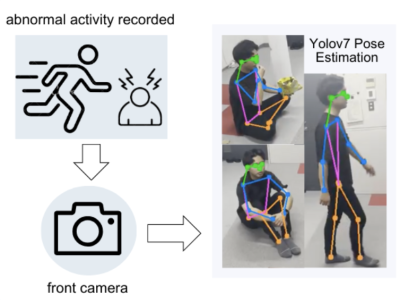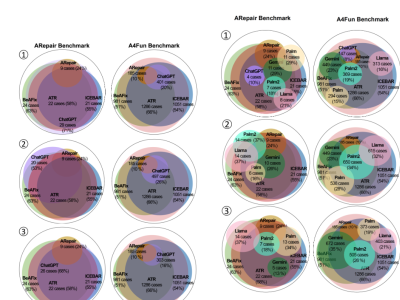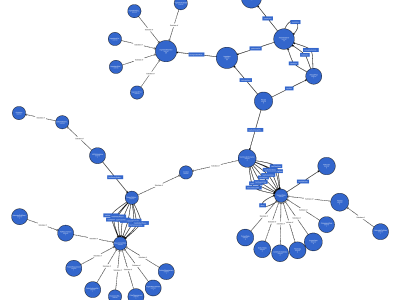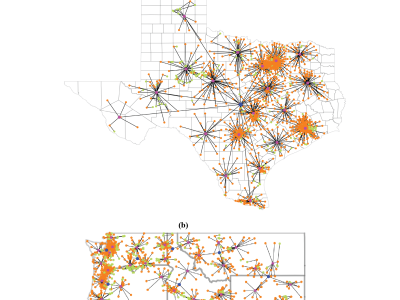
With the advent of 6G Open-RAN architecture, multiple operational services can be simultaneously executed in RAN, leveraging the near-Real-Time Radio Intelligent Controller (near-RT-RIC) and real-time (RT) nodes. The architecture provides an ideal platform for Federated Learning (FL): The xAPP is hosted in the near-RT-RIC to perform global aggregation, whereas the Open Radio Unit (ORU) allocates power to users to participate in FL in a RT manner. This paper identifies power and latency optimization as critical factors for enhancing FL in a stochastic environment.
- Categories:
